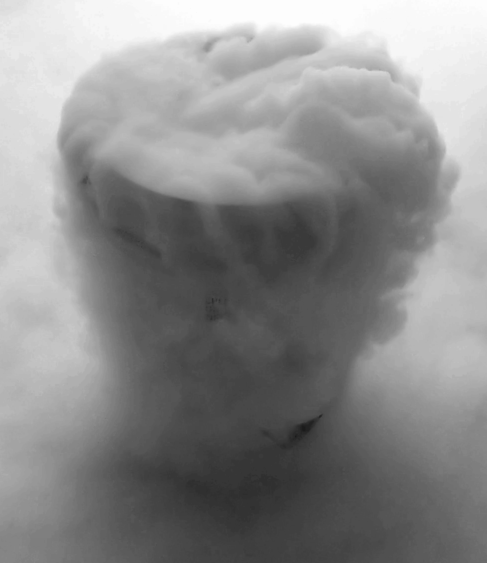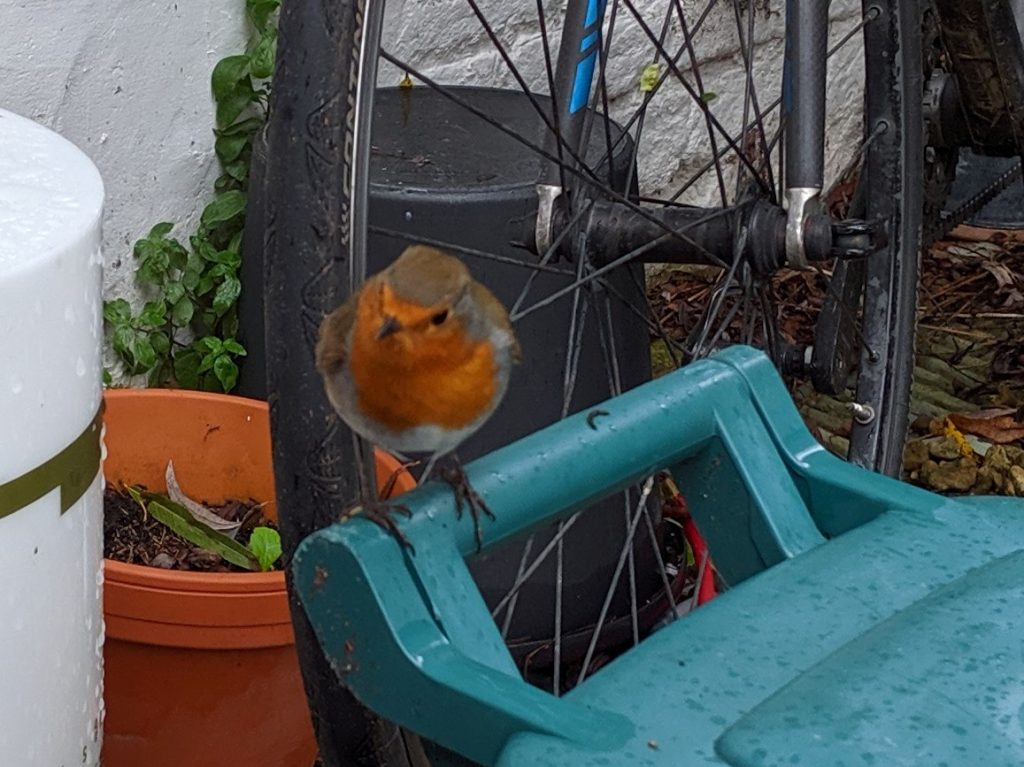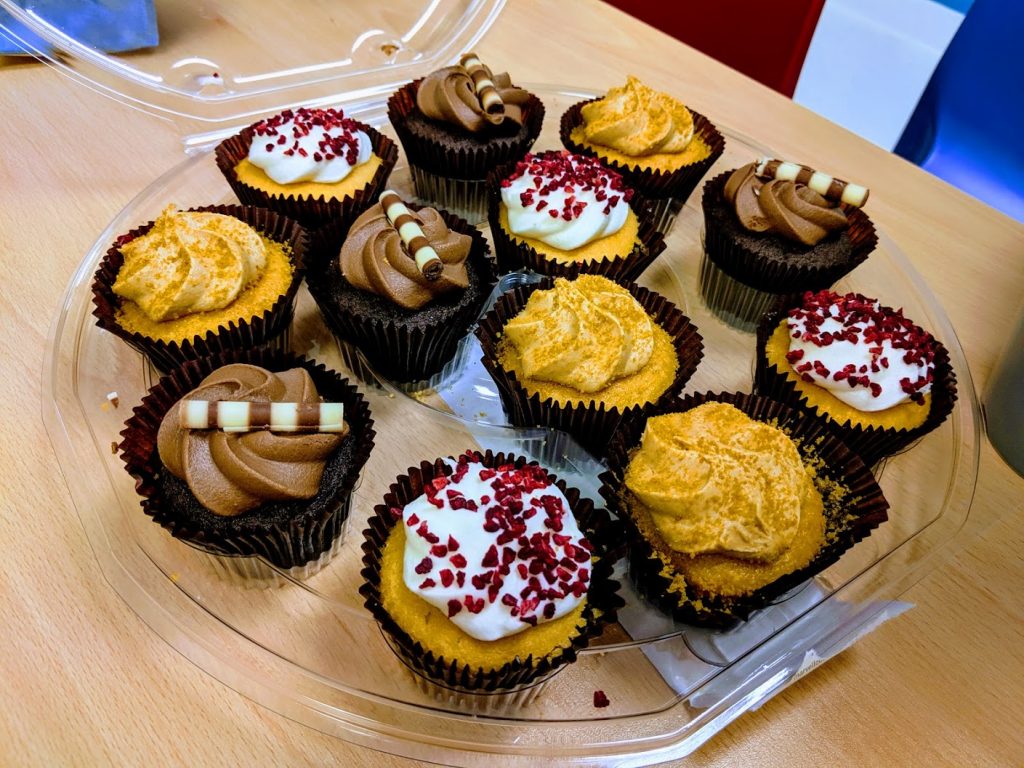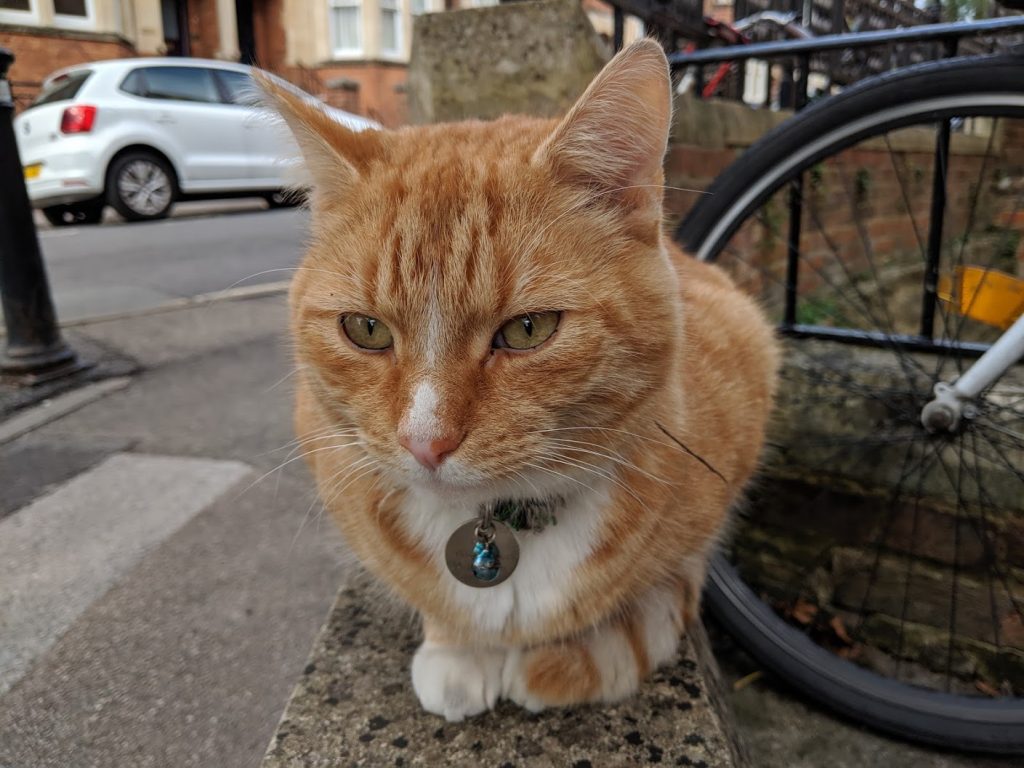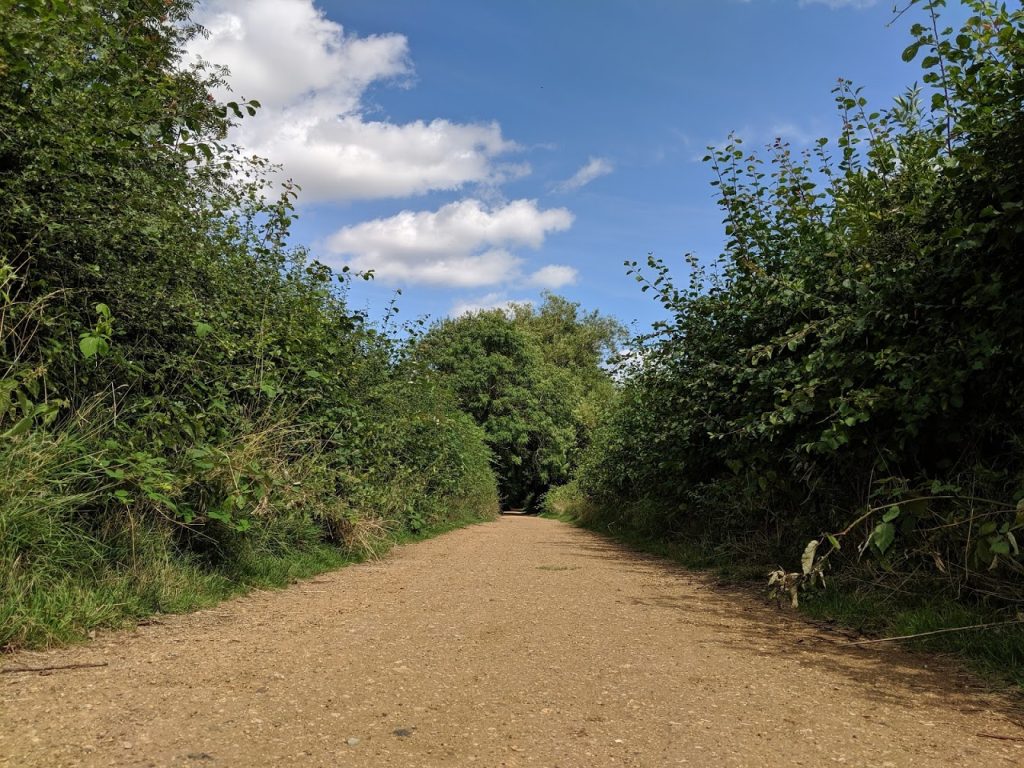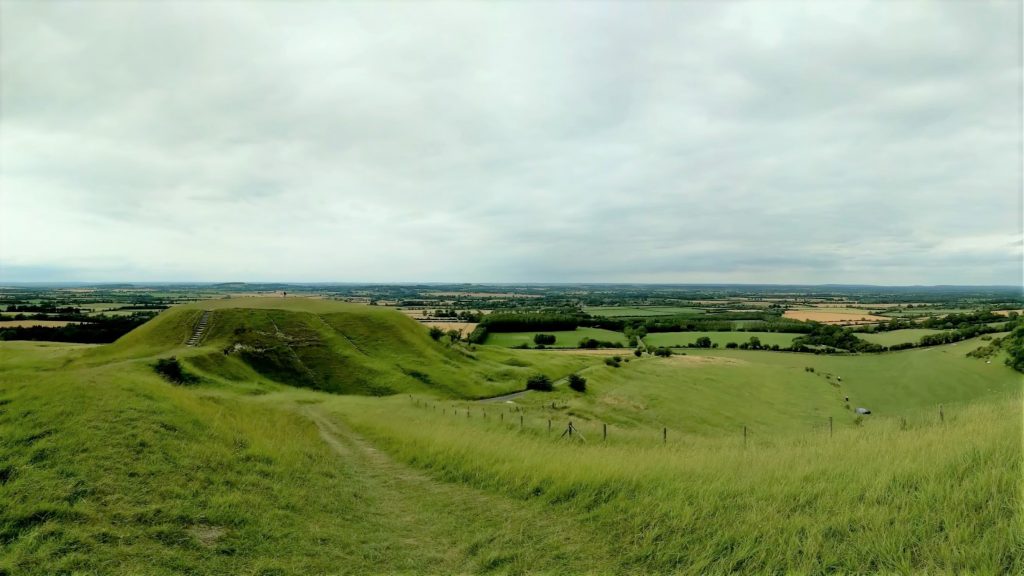Short version: A quick guide on reverse engineering a drug, no correlation between shoe size and penile length, and an infographic on the pension fund that owns 1% of the world.
Long version:
Reverse Engineering
Last week I wrote about patents. I cut out an incomplete section about the role of patents in drugs, where the costs of development (particularly testing for regulatory approval) can exceed a billion US dollars. Here parents are important because modern chemistry allows relatively easy reverse engineering to occur (i.e. working backwards from the product to understand how to make it). As an example, I briefly describe how this could be done with paracetamol (a common painkiller and antipyretic). I’m writing relatively late this week but will hopefully return to this post to update it with diagrams to better explain the process.
1. Purification
Even for a drug taken in relatively high doses such a paracetamol, the actual pill ingested is not a pure substance, but contains several “filler” agents to help make the pill more stable, easier to swallow, and to better control the release of the drug. Just as a black pen can be separated into its constituent dyes by water running through paper (e.g. ink smearing), so too can many chemicals under the right conditions be isolated by solvents flowing across a solid material. This is known as chromatography and is the underlying technique by which more advanced lab equipment such as HPLC can be used to isolate the different chemicals that make up a single tablet. By first running a reference material containing common “fillers” like carbohydrates (e.g. lactose, starch), we can more easily identify the unknown substances to investigate in identifying the target drug.
2. Identification
Once we have our purified drug, powerful techniques such as nuclear magnetic resonance (NMR) can give us structural information about the arrangement of atoms in the drug. Other techniques such as mass spectrometry and ultraviolet–visible spectrophotometry can provide additional information, but for a relatively simple molecule like paracetamol, NMR gives plenty of information.
3. Retrosynthesis
Knowledge of chemical synthesis is required to intuit how to make a given structure, but in trying to emulate the incredibly complex molecules of nature, a vast array of theoretical tools have been developed. The synthetic steps are drawn here, and for a synthetic organic chemist familiar with the reactions, working backwards from the structure may not be trivial, but is quite logical.
4. Synthesis
Now we can go into the lab and make the drug, following the retrosynthetic steps from the starting materials.
Penile Length and Shoe Size
Since I changed my default search engine to google scholar it has led me to accidentally search the literature when what I’m looking for is more mundane. This week while attempting to search “UK shoe size conversion”, the first result for me on google scholar was “Can shoe size predict penile length?“, a paper where two London urologists determined there is no relationship between shoe size and penis size. I haven’t been particularly concerned with penis size since puberty (if you are concerned, this NHS page may help you), but would (if asked) have assumed that the size of all body parts are roughly correlated, apparently not.
Norwegian Wealth Fund
The Norwegian sovereign wealth fund is the largest in the world, with US$1 trillion in assets and about 1% of almost all companies in the world. This interactive map shows the incredible list of investments.
Enjoying these weekly musings? You can subscribe!







